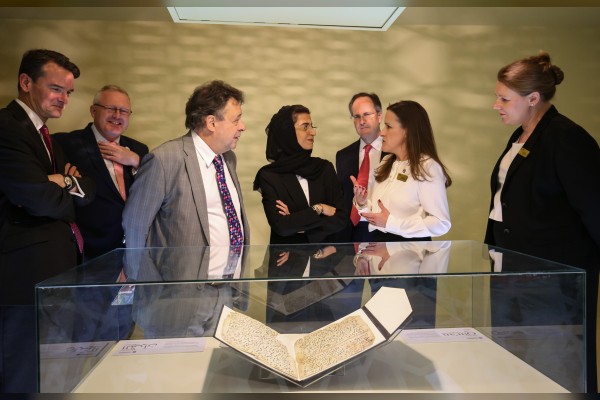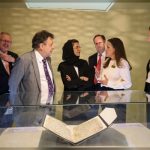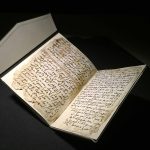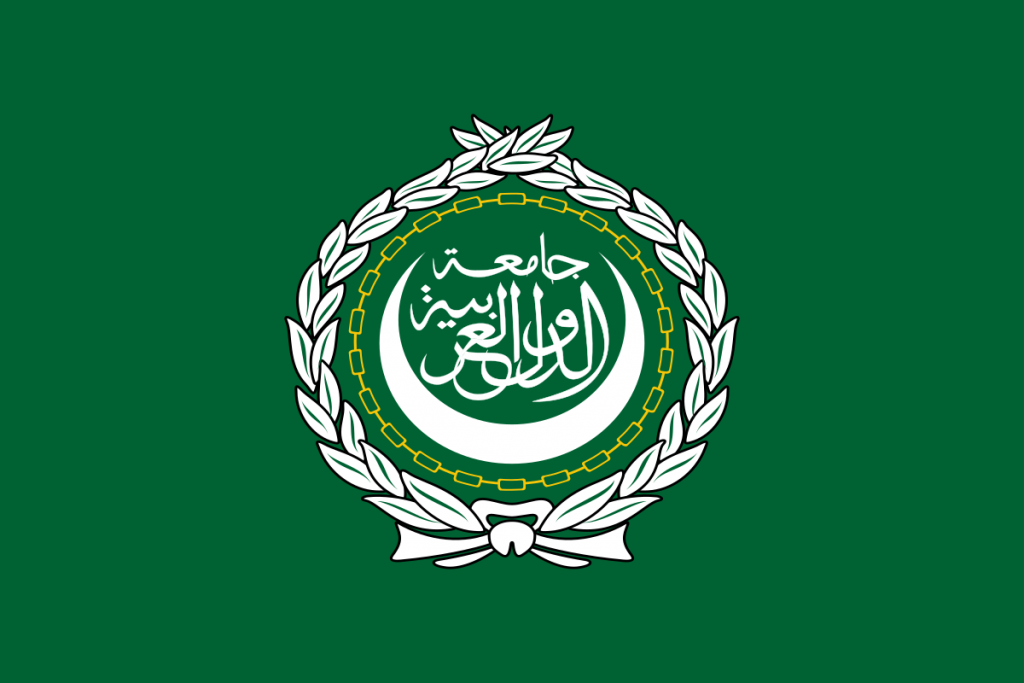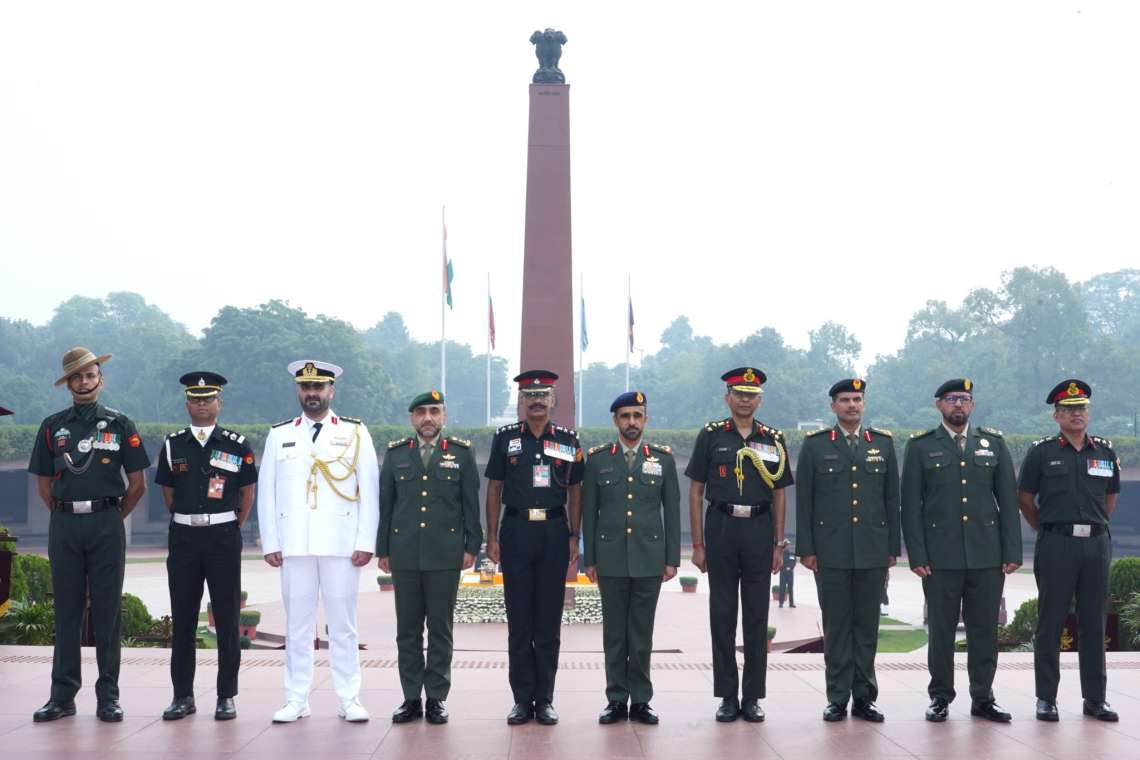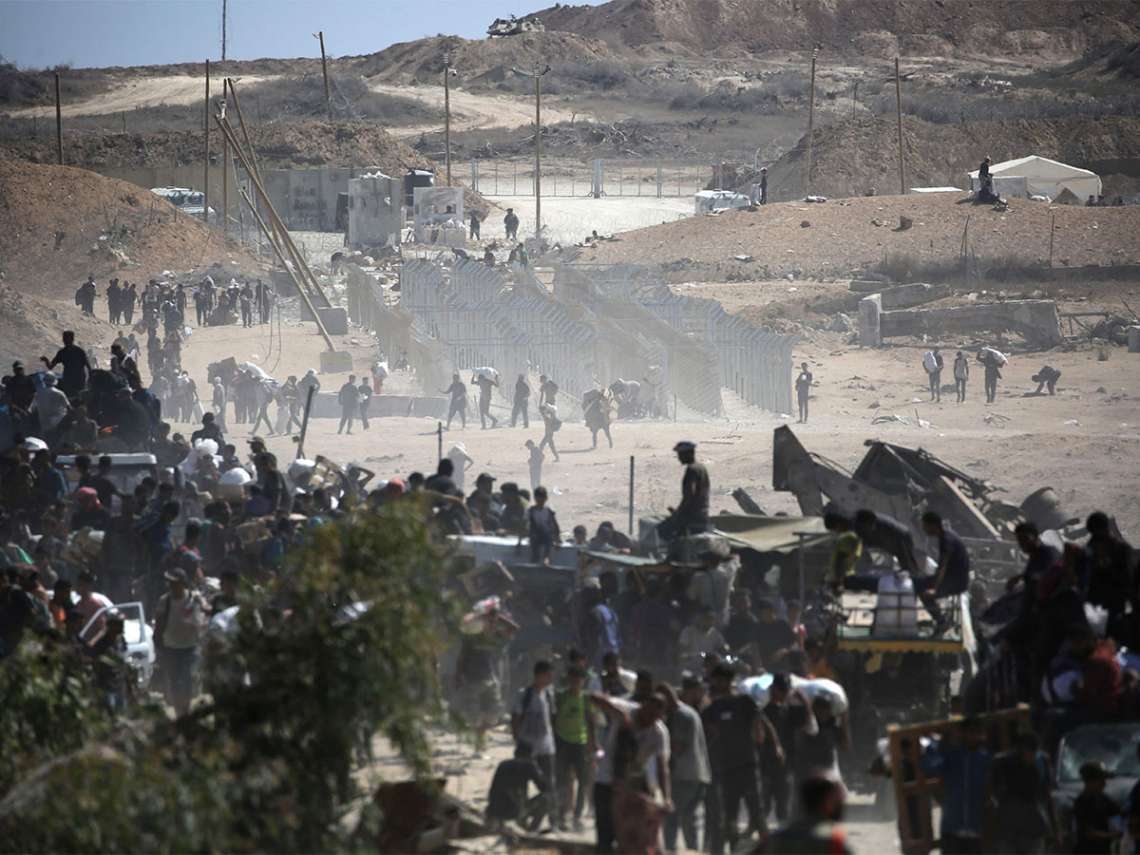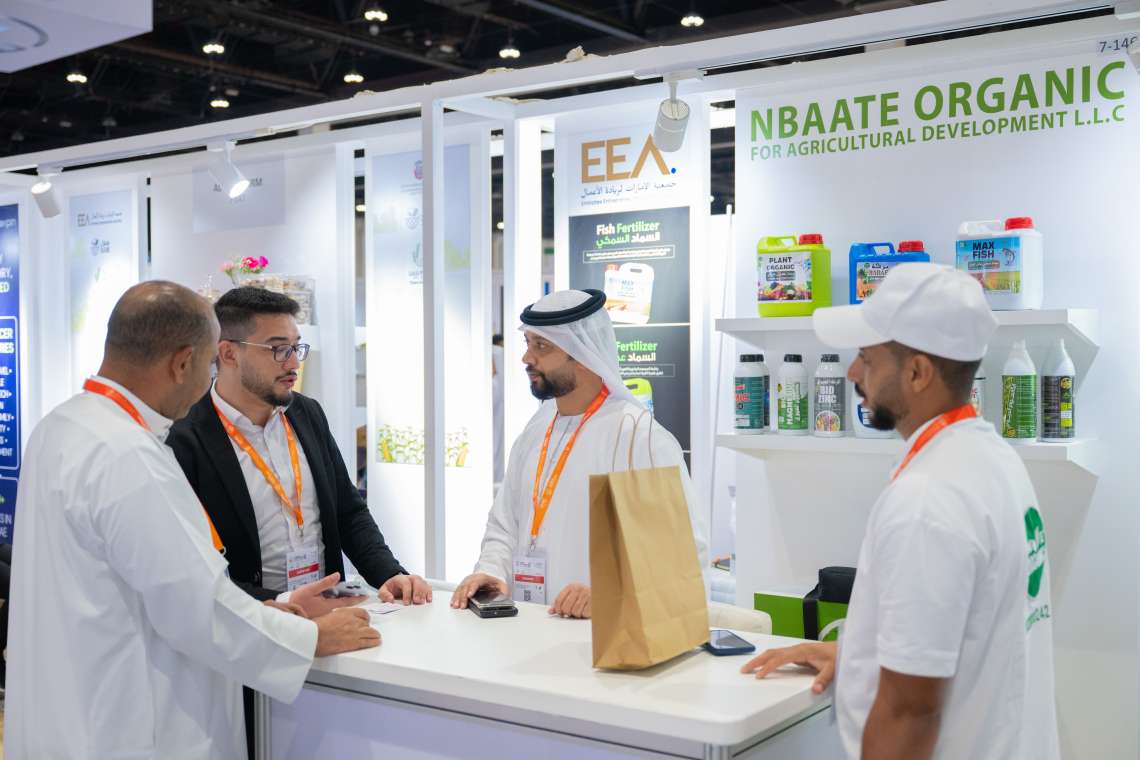Minister of Culture and Knowledge Development, Noura Al Kaabi, and the British Ambassador, Philip Parham jointly open the Birmingham Quran exhibition organised by the British Council in collaboration with the University of Birmingham as part of the UAE/UK Year of Creative Collaboration 2017…reports Asian Lite News

A digital exhibition of the manuscript of the ‘Birmingham Quran’, one of the oldest surviving parts of the Quran in the world, was inaugurated at the Umm Al Emarat Park in Abu Dhabi. The manuscript includes parts of Surahs 18-20 of the Quran, written in ink on parchment using an early Arabic Hijazi script. Part of the University’s Mingana collection of manuscripts, it is believed to date to the 7th Century AD.
The exhibition is being staged by the British Council in collaboration with the University of Birmingham as part of the UAE/UK Year of Creative Collaboration 2017 and was opened by the Minister of Culture and Knowledge Development, Noura Al Kaabi, and the British Ambassador, Philip Parham.
Commenting on the exhibition, Al Kaabi praised the ‘great partnership’ between the UAE and the United Kingdom in the cultural field. “I am delighted,” she said, “that the Ministry of Culture and Knowledge Development has been able to support the University of Birmingham and the British Council in bringing this truly exciting digital exhibition to Abu Dhabi as a key part of the UAE/UK Year of Creative Collaboration.”
 “Our two countries,” she added, “share a belief in the importance of preserving, sharing and celebrating culture. I believe that bringing the Birmingham Quran exhibition to the UAE will play an important role in fostering mutual respect and understanding between our nations, cultures and faiths.”
“Our two countries,” she added, “share a belief in the importance of preserving, sharing and celebrating culture. I believe that bringing the Birmingham Quran exhibition to the UAE will play an important role in fostering mutual respect and understanding between our nations, cultures and faiths.”
The exhibition, she said, provided an excellent opportunity to learn more about the extensive research being done into the manuscript. It was, she said, important that schoolchildren should take advantage of the location of the exhibition, in the Umm Al Emarat Park, to visit and to learn not just about the manuscript itself and its calligraphy, but also about the way in which it had been displayed using the latest digital packaging.
Among activities planned during the holding of the exhibition, which runs for ten days, will be calligraphy workshops for students aged between 8 and 18.
The British Ambassador thanked the Ministry of Culture and Knowledge Development “for their support that had collectively enabled us to share this world treasure with the people of the Emirates.”
“The UK and the UAE,” Parham said, “share a common belief in the importance of preserving, sharing and celebrating culture with the world, and its role in fostering mutual respect and understanding between nations, cultures and faiths.”
 Citing the example of last week’s naming of a bridge in Dubai as the ‘Bridge of Tolerance,’ he added that the UAE/UK Year of Creative Collaboration, “aims to bring together faiths, cultures and nations, and to promote intercultural understanding by preserving, sharing, studying and celebrating these treasures with the world, for generations to come. ”
Citing the example of last week’s naming of a bridge in Dubai as the ‘Bridge of Tolerance,’ he added that the UAE/UK Year of Creative Collaboration, “aims to bring together faiths, cultures and nations, and to promote intercultural understanding by preserving, sharing, studying and celebrating these treasures with the world, for generations to come. ”
“The creative connections between our countries go back many decades,” he said. The challenge for the Year of Creative Collaboration, he said, had been “reaching out to new audiences, supporting new collaborations and partnerships, and renewing for the next generation that strong sense of togetherness, of mutual understanding, of respect and friendship.”
The exhibition is accompanied by a musical sound-track based on research into what the night sky would have looked like on 24th August 610. “It provides us,” Birmingham University’s Pro-Vice Chancellor, Robin Mason, said, “with a unique opportunity to promote understanding.”
More than 14,000 people visited the exhibition earlier this month at the Sharjah International Book Fair, where they explored the manuscript in digital form as well as viewing a detailed replica of the holy script.
The interactive digital exhibition will continue its UAE tour next year, moving to Atrium 6 at D3 in Dubai’s Design District from 19th April to 3rd May, 2018.
The Mingana Collection is made up of over 3,000 Middle Eastern manuscripts in over 20 languages, including over 2,000 Arabic Islamic manuscripts and others in Syriac, Ethiopic, Georgian, Hebrew and Armenian. The collection was acquired during the 1920s by Alphonse Mingana, a Chaldean Christian priest born near Mosul, who had settled in England.

